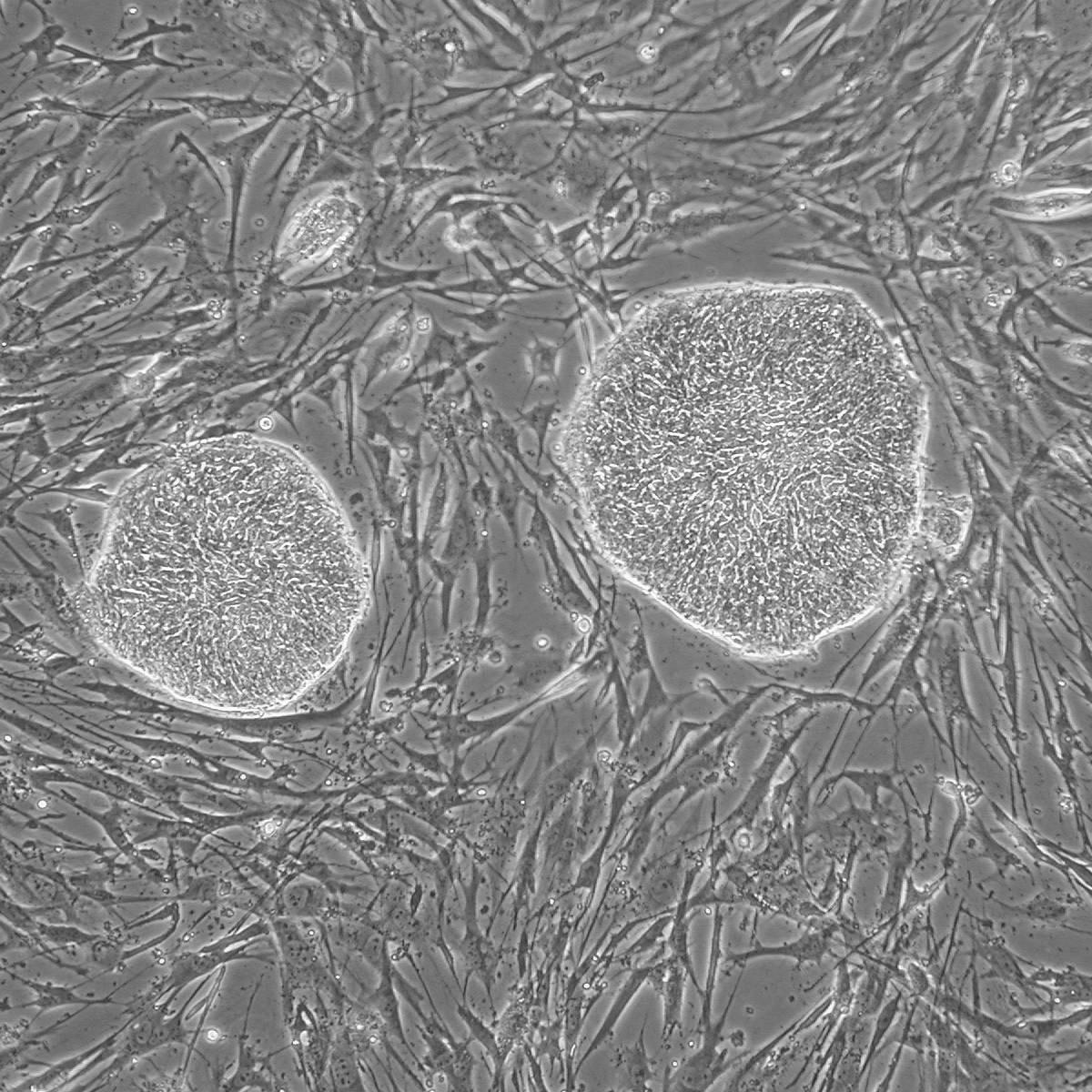
Jijun Huang, Ph.D.
- Adjunct Assistant Professor, Endocrinology

Jijun Huang, Ph.D., investigates how RNA splicing factors influence heart development, specifically their role in maturing stem cell-derived cardiac muscle cells and controlling post-transcriptional processes during normal development and heart failure. His efforts to improve stem-cell derived heart disease models could lay the groundwork for precision medicine and cell-based therapies.
Huang brings a translational lens to cardiovascular research, using advanced molecular tools to study the biology of heart maturation and failure. He combines single-cell and long-read sequencing technologies, spatial transcriptomics and multi-omic profiling to capture the complex biomechanics and cellular interactions of heart failure, as well as to identify novel transcript isoforms and regulatory networks driving development and disease.
Huang’s work has shed light on the role of the RNA splicing factor RBFox1 in driving the postnatal maturation of cardiomyocytes. His research also centers on heart failure with preserved ejection fraction, or HFpEF — a complex and poorly understood form of heart failure that disproportionately affects older adults, especially women, and those with conditions like hypertension, obesity and diabetes. By integrating transcriptomic, proteomic and metabolomic data, Huang aims not only to map disease-relevant pathways but also to model heart disease in a dish with more mature stem cell-derived cardiomyocytes, laying the groundwork for precise personalized medicine and cell-based therapies.
With approaches that span both wet lab experimentation and bioinformatics, Huang is also leveraging artificial intelligence to accelerate discovery in cardiovascular science.
Research Projects
- Investigating how the RNA splicing A process by which a newly-made precursor messenger RNA (pre-mRNA) transcript is transformed into a mature messenger RNA (mRNA). By removing all the introns (non-coding regions of RNA) and splicing back together exons (coding regions), this process ensures that the final mRNA molecule can be used by the cellular machinery to translate the DNA code into protein. RNA splicing A process by which a newly-made precursor messenger RNA (pre-mRNA) transcript is transformed into a mature messenger RNA (mRNA). By removing all the introns (non-coding regions of RNA) and splicing back together exons (coding regions), this process ensures that the final mRNA molecule can be used by the cellular machinery to translate the DNA code into protein. factor RBFox1 regulates splicing in stem cell-derived and postnatal cardiac muscle cell maturation
- Using single-cell multi-omic and long-read sequencing to catalog novel transcript isoforms and regulatory networks in healthy and HFpEF hearts
- Performing cross-species transcriptome comparisons between mouse and human HFpEF datasets to identify evolutionarily conserved drivers of cardiac dysfunction
-
Post-doctoral Fellowship
- Molecular Cardiology, UCLA, 2022
Degree
- Ph.D., Cell Biology, Institute of Health Science, Chinese Academy of Sciences, China, 2016
